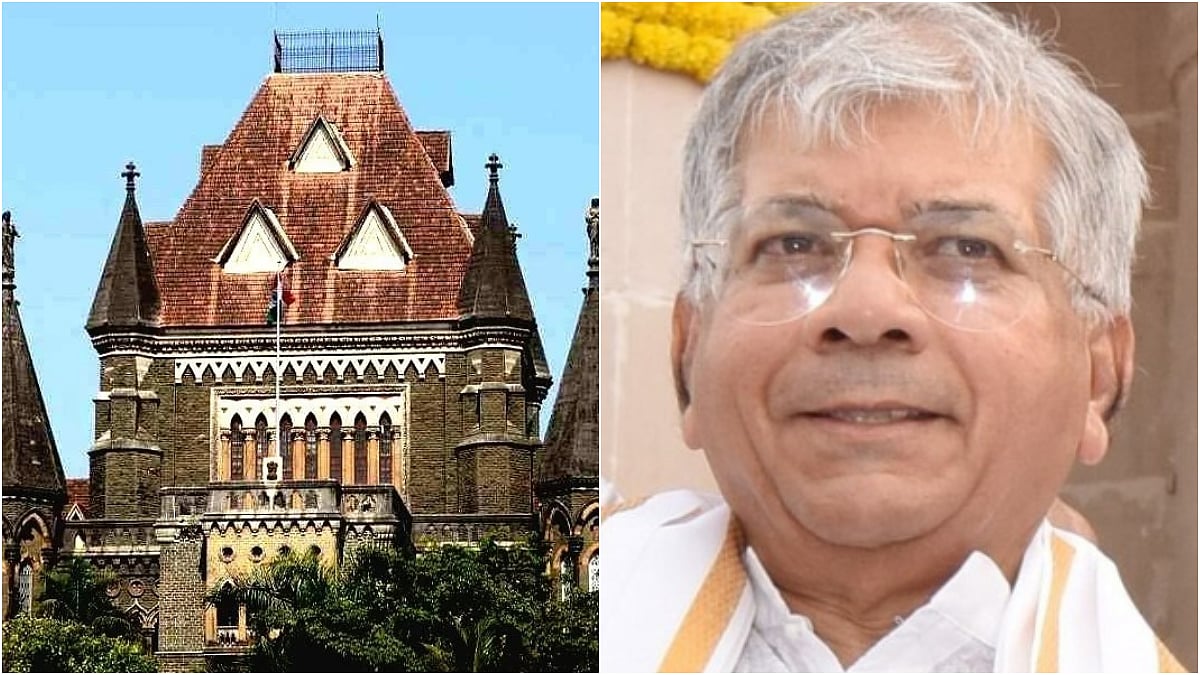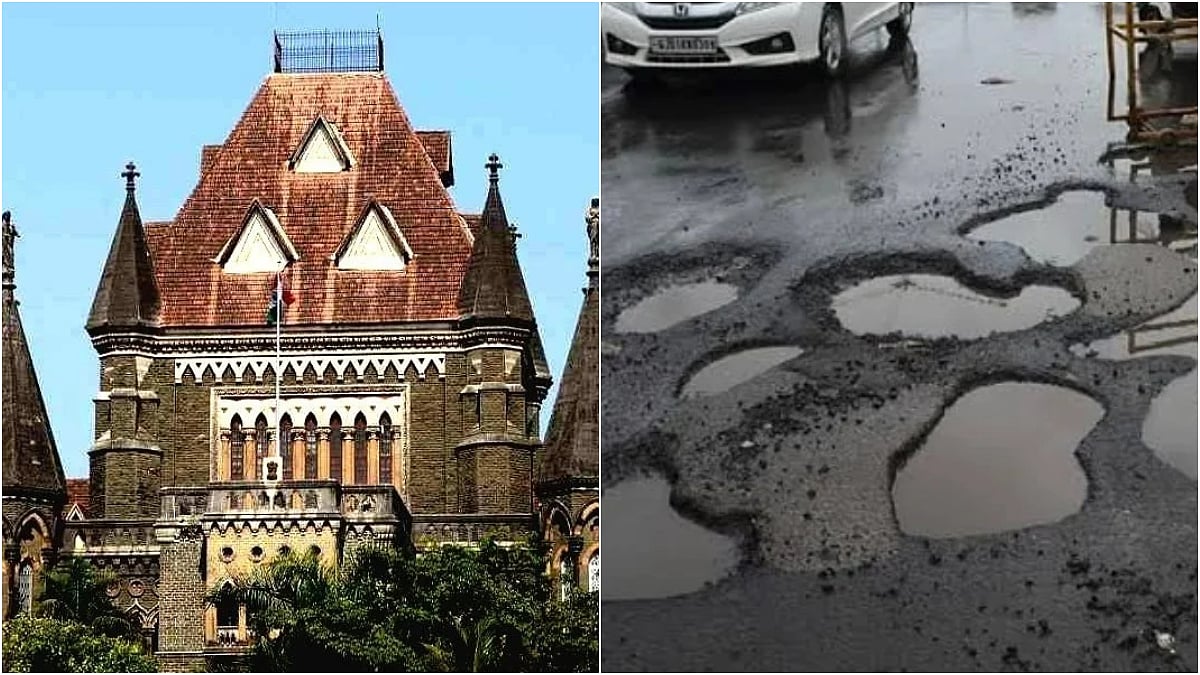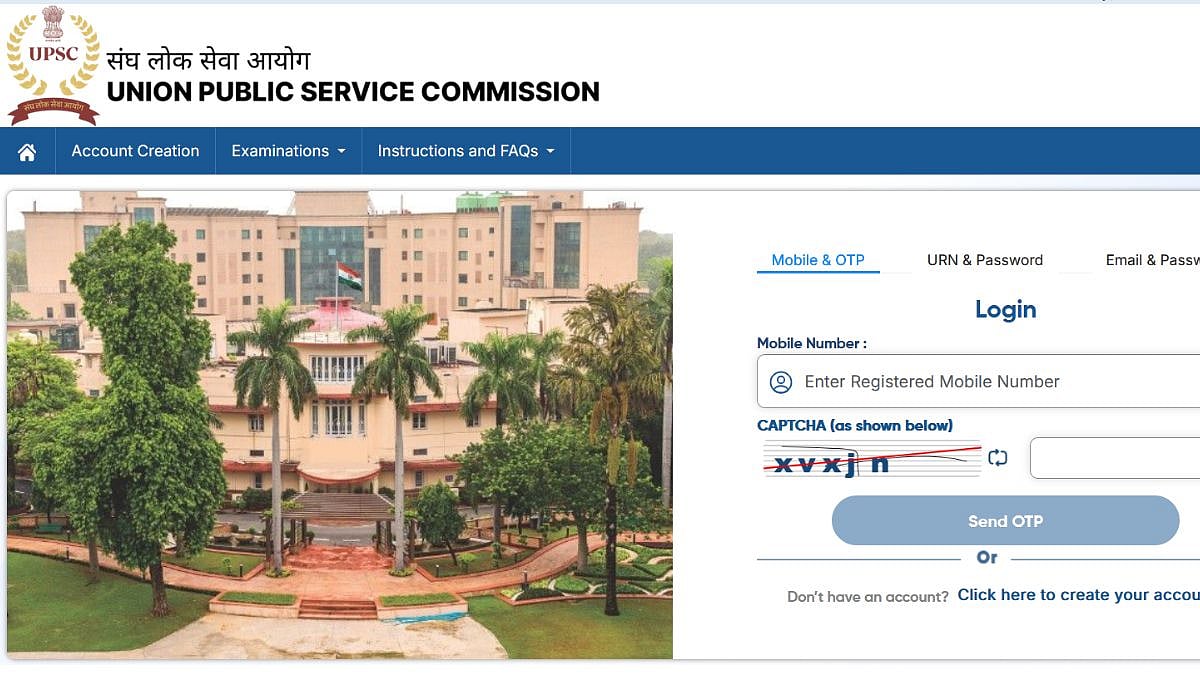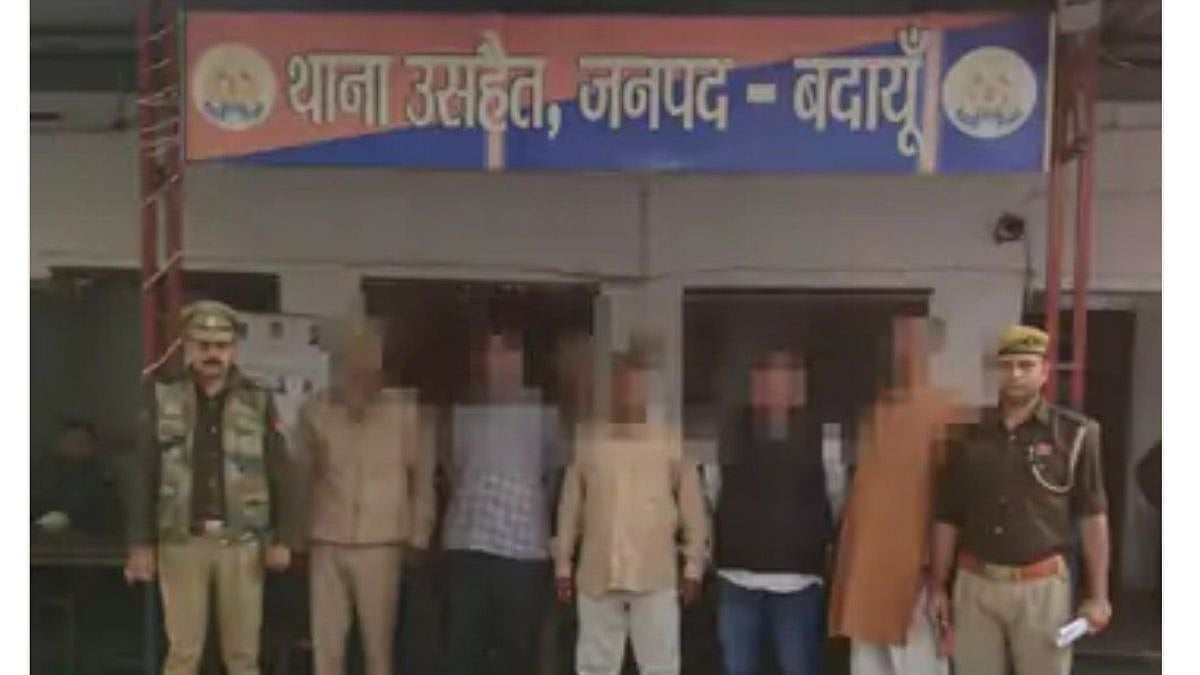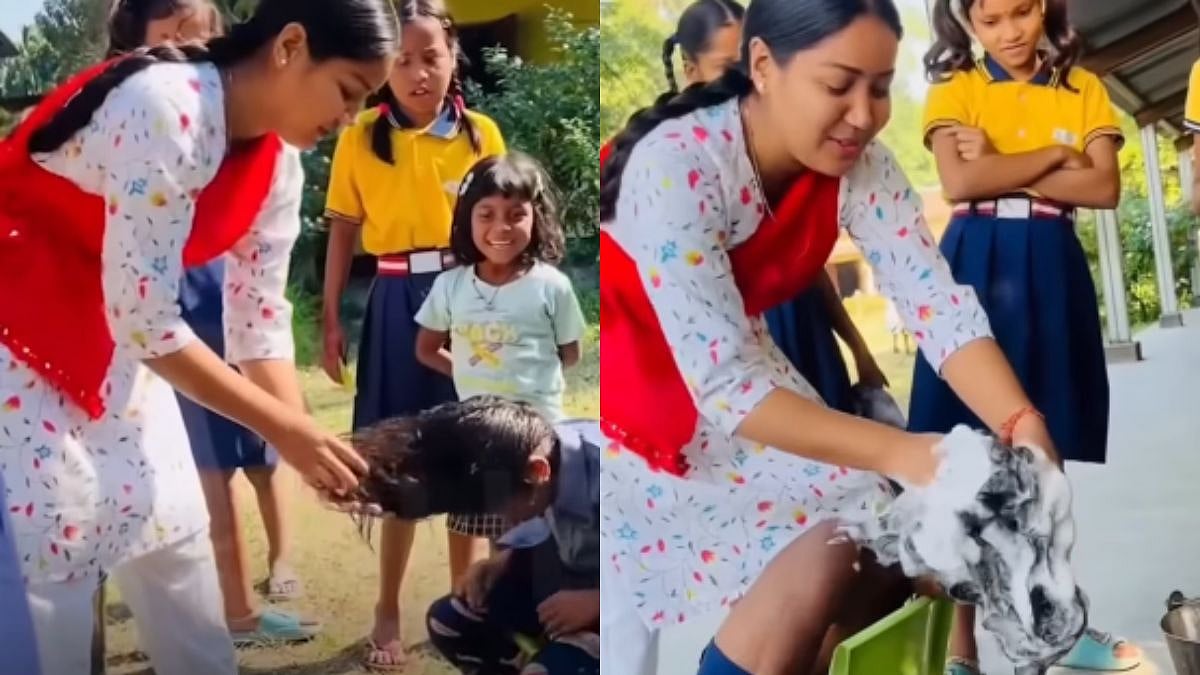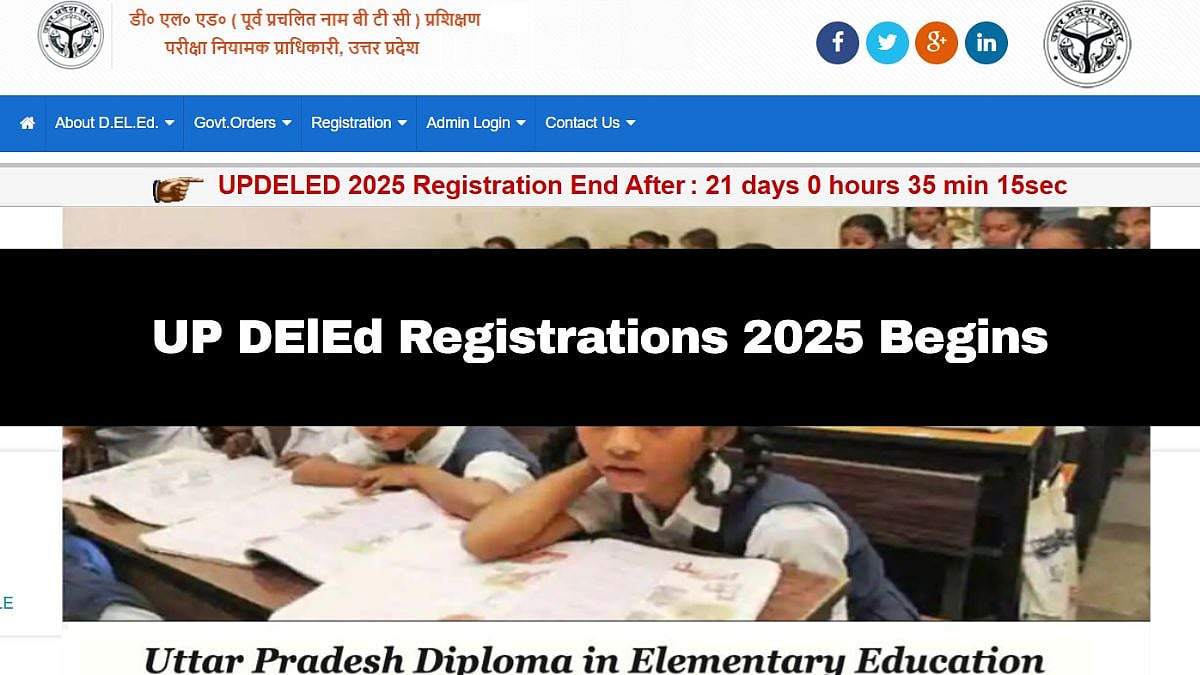The Free Press Journal embarked on a special mission two months ago. It took a conscious decision to enter the education space in a more ‘assessing’ role. This is in a bid to help parents make confirmed choices when choosing a school.
It embarked on a Schools Survey.
The task was arduous and difficult at first because this was virgin territory but slowly and surely schools began opening up to the FPJ’s Edu team and after many phone calls, emails and personal visits, a mammoth chunk of city schools signed up for the survey.
What is published today on September 5 is a united effort between FPJ and the schools to help improve the educational fabric of the metropolitan.
Methodology
The methodology used for the survey was innovative and rigorous. Among the many firsts, this survey has achieved, this is possibly the first time that an actual SURVEY form was sent to schools to fill up. This form had 84 questions, some answers were objective, some not. The questions stretched for some (A/4) 24 pages.
The questions were based on various pre-decided parameters, These were:
1. Learning & Teaching.

Outstanding schools in Learning and Teaching category |
2. Sports Education.

Outstanding schools in Sports Education category |
3. Parental Engagement and Community Outreach.

Outstanding schools in Parental Engagement and Community Outreach category |
4. Digitalisation and Technology Integration.

Outstanding schools in Digitalisation and Technology Integration category |
5. Sustainability, and Inclusive Education.

Outstanding schools in Sustainability and Inclusive Education category |
6. Vocational Education And Skilling.

Outstanding schools in Vocational Education and Skilling category |
Questions were divided into the above categories. Schools had the choice of either answering all the questions or just one. Answering one would not in any way, debar them from faring well, as the survey had carefully ensured. Schools nominated themselves in the categories they believed they excelled. Schools were also asked to submit evidence to the questions they were answering.
Range
The survey was open to schools across the various Boards - government and private. There were no restrictions and any and every school could participate.
Initially the survey was open to schools from Mumbai, Thane city and Navi Mumbai. But we got calls from schools far and wide and we opened up the borders, so to speak. The survey has schools from the extended suburbs of Mumbai and we were delighted to have them as part of our journey.

Front Page |
Honest process
We pride ourselves in saying we conducted the most honest survey ever. We did not favour any school or vice versa. We sent forms and schools diligently filled them up and sent to us.
Yes, a small handful of schools did
not participate but we hold no grudge. We are thankful and happy to those who did and will always be indebted to those who bestowed immense faith in us.
No Rankings
Your paper was certain that we were not in the hunt for the best or top schools in Mumbai, Navi Mumbai, and Thane. We believe that most schools generally try hard to stand out within their means. Keeping that in mind, we created only a list of ‘outstanding’ schools across different categories. So, what you see in the pages following this are schools listed across categories and zone-wise. The list is not in any ascending order or descending order.
The Outstanding Lists
The Outstanding Lists spread across different parameters have schools listed according to geographical zones. The schools are listed only according to zones, not in any other order. The methodology used made it mandatory that schools be selected zone-wise since parents generally search for schools in their vicinity.
Jury
The Free Press Journal did not leave a single stone unturned to ensure this turns out the
most authentic School Survey ever. And for this it instituted a Grand Jury - all renowned
educators from different fields - to take the survey forward.
Among others, the jury members include Dr. Ashok Pandey (Chair and Chief Mentor Power-
Ed), Dr. Reni Francis, Principal (Pillai College of Education & Research), Dr. Amrita Vohra
Director (GEMS Education India), Mr. Piyush Sharma, Vice-President at Ashank Desai
Centre for Leadership & Organisational Devlt., Indian Institute of Management Ahmedabad,
Mr. Anant Mani, former CEO of Report Bee.
The jury worked hard and objectively to get you a perfect Mumbai Schools Survey. The Free
Press Journal’s mammoth effort was supported by SLN Global Network as its relationship
partner, Pillai College of Education and Research as its research partner and PowerEd.
Some Survey Findings
We were happily amazed at some of the findings the survey revealed.
Zone-wise participation of schools:
The Free Press Journal Mumbai Schools Survey was open to all schools across Mumbai, Navi Mumbai, and Thane City. As per the data received by the FPJ, 16% of our participating schools were located in East Mumbai, which stretches from Sion to Mulund. West Mumbai, which stretches from Bandra to Goregaon, consists of 18% of our total schools. South Mumbai (Worli to Mahim), North Mumbai (Malad to Mira Road), Thane city, and Navi Mumbai, all saw a participation of 22% each.
2) Zone-wise participated schools with a playground:
According to our findings only 14% of the participating schools, from East Mumbai, have a playground. It was followed by West Mumbai, where 17% of participating schools, from the zone, have a playground. South Mumbai, North Mumbai, Thane, and Navi Mumbai presented larger numbers where 22%, 24%, and 23% out of the participating schools, from each zone, respectively have a ground for the students to play in.
3) Zone-wise participated schools with a library:
Based on our findings, 23% of the participating schools from both South and North Mumbai zones are furnished with a library. On the other hand, 16% of the participating schools from East Mumbai and 18% of the participating schools from West Mumbai contain a library. 20% of the participating Thane and Navi Mumbai schools have built a library for the students.
4) Zone-wise participated schools with an auditorium :
From the data surveyed by The FPJ, it was observed that 16% of the participating schools, from East Mumbai, have an auditorium. In total, 14% of the participating schools from West Mumbai have an auditorium. Out of the participating schools from South Mumbai, North Mumbai, Thane and Navi Mumbai 27%, 25%, and 18% respectively have an auditorium constructed for the students.
5) Zone-wise participated schools with a science laboratory:
Labs become crucial for students to gain a practical understanding of sciences. Among the data-providing schools in South Mumbai, North Mumbai, Thane and Navi Mumbai, 23%, 25%, and 19%, out of the participating schools in these zones, respectively have science laboratories. In East Mumbai, 15% of the participating schools have a science lab. The percentage of participating schools that have one is 18% in West Mumbai.
6) Zone-wise participated schools with a robotics laboratory:
The presence of a robotics lab is an indicator of how future-ready a school is. The highest number of robotics labs were found among our participants from West Mumbai, where 23% of them had one. From South Mumbai, North Mumbai, Thane and Navi Mumbai 13%, 27%, and 20% of the participating schools from each of these zones respectively, have a robotics laboratory made for the students. In East Mumbai, about 17% of the participating schools consisted of a robotics lab.
7) Zone-wise average number of students per teacher:
The student-teacher ratio is a comparison between the number of students and the number of teachers present in a school. This ratio can be used to determine the degree of interaction between a student and a teacher. FPJ used the data provided by participating schools to calculate how many students a single teacher is responsible for. Depending on our participants, we found that one teacher from West Mumbai is responsible for only 19 students on average. In contrast, a teacher of the participating schools from East Mumbai is responsible for as many as 31 students on average.
8) Zone-wise average number of classrooms per school:
A child spends almost one-third of their day within a classroom. FPJ found that the schools in East Mumbai have a higher number of classrooms within their premises. On average each school participating from East Mumbai has 27 classrooms. Schools enrolling from North Mumbai, South Mumbai, Thane and Navi Mumbai, had an average of 24, 21, and 20 classrooms respectively. The schools surveyed from West Mumbai were behind with 17 classrooms on average.
9) Zone-wise average tuition fees in every school:
When it comes to enrolling a child into a school, the academic fees become a critical deciding factor. FPJ saw a stark difference in the average school fees of different zones. According to our findings, the enrolled schools from West Mumbai charged the highest annual fees. The average fee for an academic year came to Rs. 2,40,000/-. South Mumbai participants then followed with an average yearly fee of Rs. 1,90,000/-. The schools that were surveyed from East Mumbai and Western Extended suburbs showed a similar trend with the average fee amounting to Rs. 1,15,000/-. Those that joined the survey from Thane and Navi Mumbai had comparatively lower average fees of Rs. 65,000/- per year.
To read full survey click here: https://bit.ly/3qalkp3


